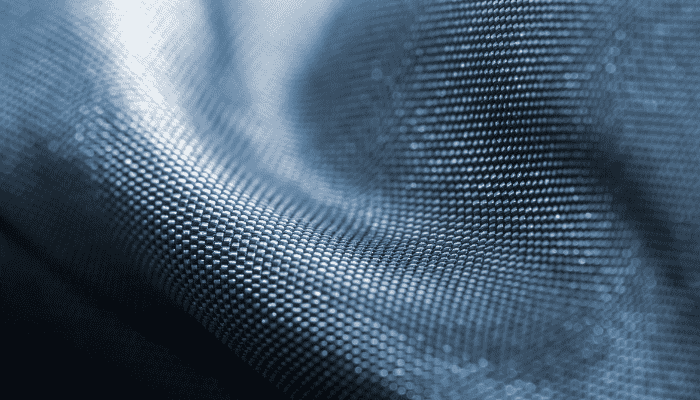A backpack’s comfort often hinges on the quality of its padding. In 2025, modern padding materials go far beyond simple foam—they balance support, breathability, and longevity. Here’s how your choice of padding can transform every step of your journey.
Why Padding Matters for Backpack Comfort
-
Pressure distribution: Helps spread load across the back and hips instead of concentrated pressure points.
-
Ventilation: Proper padding allows air circulation, reducing sweat and heat buildup.
-
Fatigue reduction: Well-engineered padding minimizes fatigue on long miles or full-day wear.
Undersized or low-quality padding leads to sore shoulders, sweaty backs, and early quits on long treks.
Common Padding Materials Explained
-
Closed-cell EVA foam: Dense, supportive, inexpensive—but less breathable.
-
Perforated or laminated air-foam: Foam with channels for airflow, combining cushion with ventilation.
-
3D air mesh: Fabric-based mesh with high breathability and minimal weight.
-
Memory foam inserts: Conforms to your shape but may trap heat.
-
Honeycomb gel panels: Flexible, shock-absorbing, and quick-drying—but heavier.
Breathability & Cooling Performance
A major comfort factor, especially in warmer climates, is how well your backpack breathes. Padding plays a key role here:
-
Air Mesh Padding: The standout winner for airflow, 3D mesh offers superior breathability by creating space between your back and the backpack.
-
Perforated Foam: Offers modest airflow due to built-in channels and holes.
-
Memory Foam: Often traps heat, making it less ideal for hot weather.
-
Gel Pads: Surprisingly decent at heat dissipation due to open-cell structures.
When hiking or commuting in summer, breathability directly impacts sweat levels and skin irritation.
Support & Load Distribution
Padding is not just about softness—it should support load-bearing zones:
-
Shoulder Straps: Should use medium-density foam to balance comfort and support.
-
Back Panels: Require structured padding that follows the spine’s curve for ergonomic alignment.
-
Hip Belts: Need thick, high-density foam or molded EVA to absorb the brunt of the weight.
✅ Pro Tip: Soft padding feels good at first, but can collapse under weight. For all-day carry, opt for firmer materials with ergonomic shaping.
Durability & Compression Recovery
Over time, even the best padding compresses. The better the material, the longer it maintains form:
| Material | Durability | Compression Recovery |
|---|---|---|
| EVA Foam | High | Moderate |
| Memory Foam | Low | Poor |
| Perforated Foam | Moderate | Good |
| Air Mesh | Moderate | Excellent |
| Gel Panels | High | Excellent |
Daily commuters and frequent flyers should prioritize materials that won’t flatten or harden after months of use.
Best Use Cases per Padding Type
Each padding material has its optimal environment:
-
EVA Foam: Great for school bags, business travel backpacks—firm and clean.
-
Air Mesh: Perfect for tropical travel, summer hikes, and cycling.
-
Perforated Foam: Balanced choice for hiking and daily carry.
-
Memory Foam: Best for lightweight daypacks with light loads.
-
Gel Panels: Ideal for camera bags and fragile electronics due to impact absorption.
FAQs: Padding Comfort in Backpacks
Q1: Is thicker padding always more comfortable?
Not necessarily. Thickness without structure leads to sagging. Look for padding that offers support and shape retention, not just softness.
Q2: Can I replace worn-out backpack padding?
Some high-end backpacks allow modular replacements. Otherwise, external pads or aftermarket inserts can help.
Q3: Why does my backpack feel hotter with padding?
Dense or non-ventilated padding materials (like memory foam) trap body heat. Choose mesh or perforated designs for airflow.
Q4: How do I clean padded sections?
Use a damp cloth and mild soap. Avoid soaking memory foam or air mesh, as they can absorb water and grow mold.
Q5: What’s the best padding for people with back issues?
Structured EVA foam with lumbar contouring or backpacks that include adjustable air frames.
Conclusion & Quick Comparison Table
When choosing a backpack, don’t ignore the padding—it’s the unsung hero of comfort. The right material enhances support, reduces heat, and increases durability.
Quick Comparison Table
| Feature | EVA Foam | Air Mesh | Perforated Foam | Memory Foam | Gel Panels |
|---|---|---|---|---|---|
| Support | ✅✅✅ | ✅✅ | ✅✅✅ | ✅✅ | ✅✅✅✅ |
| Breathability | ❌ | ✅✅✅✅ | ✅✅ | ❌ | ✅✅ |
| Compression Resist | ✅✅✅ | ✅✅✅✅ | ✅✅✅ | ❌ | ✅✅✅✅ |
| Ideal For | Travel | Hiking | Daily use | Casual use | Photography |



